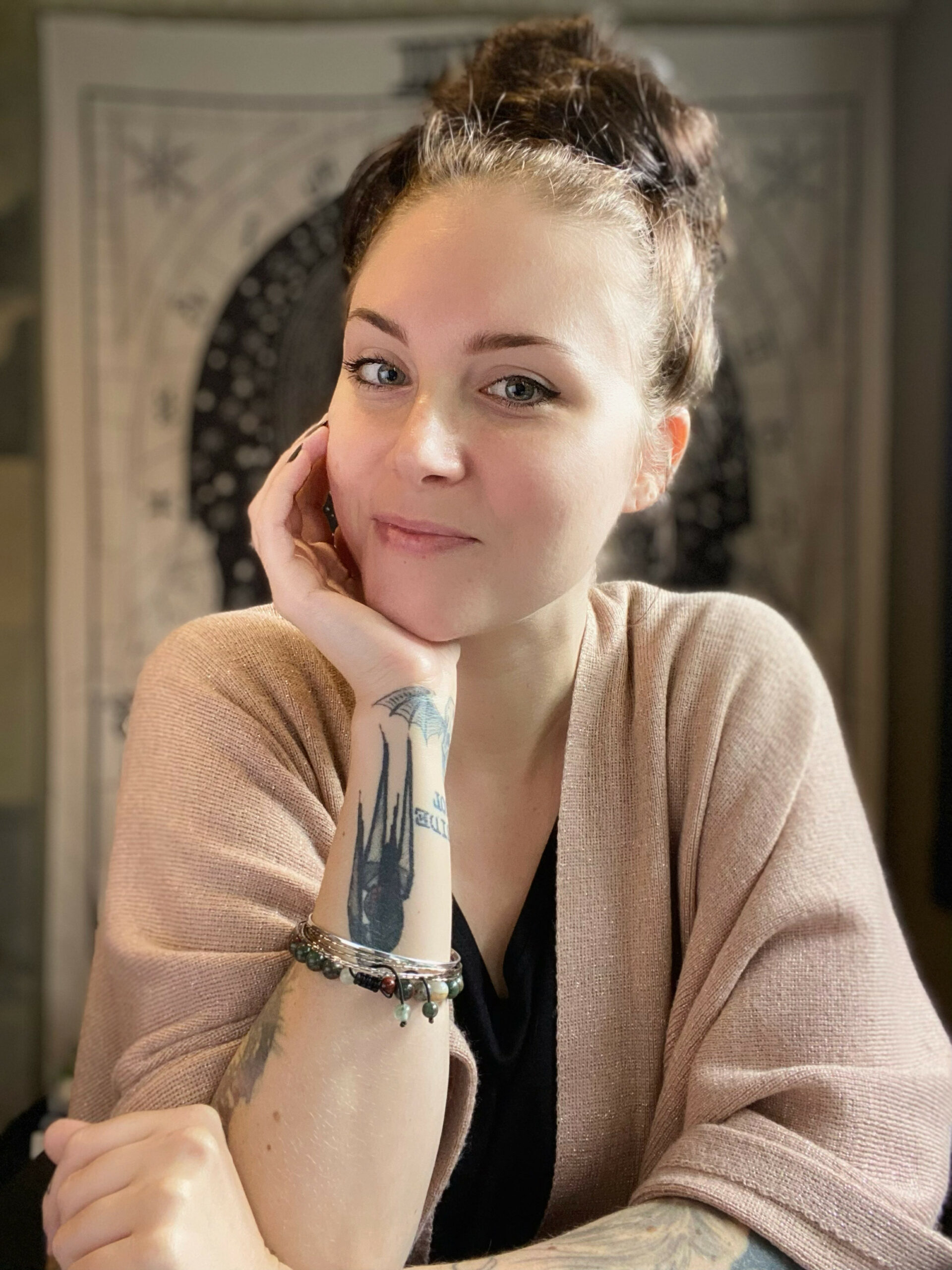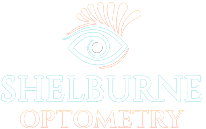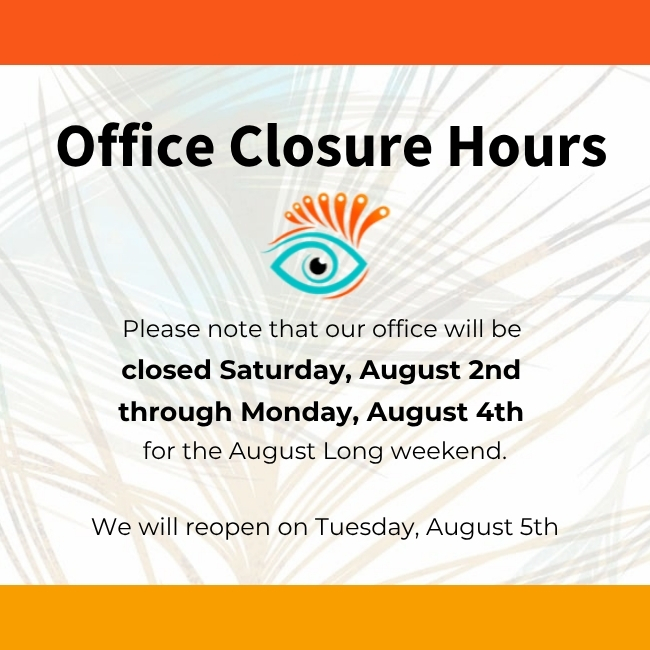The last five centuries have seen the world of vision care move ahead by leaps and bounds. What began as a matter of assisting accommodation and finding convenient ways to correct refractive errors, has grown into a worldwide passion of improving quality of life for everyone through active vision care and education.
In this blog post, we’ll explore vision care around the world. (Note: this is by no means an exhaustive list or deep dive, but it shines some light on the work being done in different countries, which is worth celebrating.)
Eye Care in the Americas
In North America we are very lucky with our access to vision care services. We have opticians, optometrists and ophthalmologists in every major city, and many private offices working to support their local communities.
In Canada, through various provincial health care plans, free exams are provided for children, seniors, and those with specific medical conditions that affect their vision, such as glaucoma and diabetes. In the United States, there are national programs that offer options for eye care coverage, particularly for children. In both countries, however, there are barriers to care for those that are without government coverage, or cannot afford insurance. Many companies within the vision care sphere work every day to raise money, spread awareness and provide exams for those who need them and struggle to gain access to regular eye care.
Ontario, Canada has the Eye See…Eye Learn® program, that offers free eyeglasses to kindergarten students that meet the program’s guidelines. This program was created to help raise awareness for parents surrounding the importance of regular eye exams for children, and the vital role their vision plays in their development and learning (we have a post about this). In the US, EyeCare America has programs for seniors, glaucoma patients and those with retinal-related issues, offered by volunteer ophthalmologists. These programs may not help everyone, but they’re a step in the right direction and help to raise awareness on the importance of access to vision care for all.
Mexico has become a hot-spot for medical tourism, including vision surgeries. Their public health is government-funded and operates many locations that offer free eye exams to Mexican citizens and residents. Some clinics also offer free exams with the purchase of glasses, as insurance may not cover exams at locations outside of hospitals and government-associated clinics. Salauno is an organisation that has opened more than 20 ophthalmologic clinics in Mexico, with a mission to make vital vision procedures more accessible. They believe one’s future depends on their confidence, and their confidence depends on their vision (I couldn’t agree more). PRASAD de México has been providing free eye surgeries to those with cataracts and strabismus since 1996. They partner with volunteer doctors and regional hospitals to hold Eye Camps. State promo teams and social workers reach out to rural communities to ensure they’re aware of the program and don’t miss the opportunity to see if they qualify for free surgical aid.
The OneSight EssilorLuxottica Foundation works hard to raise awareness and provide sustainable access to vision care through partnerships and philanthropy, promoting their mission of ‘The Right to See’. They recently partnered with Dr Vagón, a 14-car health train that travels to reach some of Mexico’s most isolated populations, offering free health consultations and treatments. Thanks to OneSight, they now also include vision care. OneSight also expanded its initiatives in Latin America, based in Bogotá, Colombia, to forge partnerships and create vision programs to serve underprivileged patients. They have also partnered with ALDOO, the Latin American Association of Optometry and Optics, to pursue various initiatives to close the data gap in Latin America surrounding eye care.
Eye Care in Europe
It would take far more than this little blog post to cover all there is to know about vision care in Europe, covering all its dozens of countries. But we’ll highlight some interesting facts that make Europe stand out in the optical community.
With the steady rise in popularity of medical tourism, more people than ever are seeking medical care in foreign countries, for both financial and expertise reasons, as well as accessibility. This includes ophthalmology, an area of medicine that Europe thrives in.
Some of the best hospitals providing vision care in Europe include the National Institute of Health and Medical Research (Institut national de la santé et de la recherche médicale (INSERM)) in Paris, France, Erasmus Medical Centre in Rotterdam, The Netherlands, and Euroeyes, in Munich, Germany. Switzerland is also renowned for its high quality vision treatments. Their clinics are highly advanced and the Swiss are known for providing world-class medical services.
The Czech Republic is one of the best places to receive eye surgery, due to their very high standards of care, advanced technologies, affordability, and their long history with eye surgeries and the optical field (they performed the first successful corneal transplant here in 1905!). They attract thousands of patients from all over the world every year, giving them ample experience in many different fields of ophthalmology, and allowing them to advance their technology to meet the needs of their patients. Czech company Medicem is currently researching and developing new lenses with longer life-spans, to account for humans living longer and needing lens implants that can age with them. Among the many specialised procedures offered in their clinics, the most unique is perhaps the Golden Eye Sequins cosmetic procedure, which involves safely implanting a pair of 1mm golden glitter flecks onto the iris (giving an entirely new meaning to having a sparkle in your eye).
Eye Care in Asia
South Korea is quickly emerging as a top destination for eye surgery, including LASIK and cataract procedures. They’ve invested in the latest technologies and surgical training to ensure their patients receive the best care they can offer. Thailand offers a wide range of optometric and ophthalmology services, with a patient-centered approach, ensuring patients receive great care as well as the best aftercare, a key component in healthy healing. Thailand is known for their hospitality, and they’ve integrated it into their medical field beautifully.
It’s no secret that Japan is at the forefront of advanced technology, and medical technology is no exception. The high standards of quality performed by their medical professionals are enforced by their very highly-regulated healthcare system. Their optometry professionals also rank among the highest paid in the world, and for good reason.
We couldn’t mention vision care in Asia without mentioning India. India’s doctors have put themselves on the map as a top destination for medical tourism due to its ideal blend of high-quality medical services and affordability. In addition to standard training, many of their doctors have the benefit of international experience, allowing them to bring knowledge of many different procedures to one place. They do so at significantly lower costs than Western countries without sacrificing quality, making important ocular procedures far more accessible to those who need them.
Nepal also needs to be on this list. They are passionate about expanding the reach of vision care, establishing many programs to help make this dream a reality. A nonprofit organisation devoted to fighting blindness, Nepal Netra Jyoti Sangh (NNJS), was established in 1978 by nine individuals passionate about bringing comprehensive eye care access to Nepal. By 1980, NNJS was a fully non-governmental social welfare organisation. Nepal saw a nationwide blindness survey conducted in 1981, and received a visit from the Flying Eye Hospital in 1985, further solidifying their place on the eye care map.
Note: If you’ve never heard of the Flying Eye Hospital, it’s kind of wicked cool. It’s literally a state-of-the-art flying ophthalmic centre, complete with a classroom, operating room and recovery room. A hands-on teaching facility created in 1982, it’s aptly referred to as “an example of the marriage between medicine and aviation”.
The Barefoot Surgeon
Nepal’s vision care success can’t be discussed without mentioning senior ophthalmologist Sanduk Ruit. In addition to manufacturing a less expensive (and therefore more accessible) intraocular lens, he founded the Tilganga Institute of Ophthalmology in 1992, headquartered in Kathmandu. The Institute runs a network of hospitals, training programs, outreach clinics and an eye bank (a facility that collects, processes, and distributes donated eye tissue for transplants, research, and education), as well as manufacturing artificial lenses and prosthetic eyes that are exported worldwide. Dr. Ruit knew Nepal had one of the highest rates of blindness in the world, and he wanted to make a difference. He has since restored the sight of over 120,000 people (and been involved in even more), earning him the name “God of Sight”. His mission continues, and his story is far too in-depth for this little blog post, but I couldn’t write it without mentioning him. His story is truly inspiring, and can be enjoyed through his biography, The Barefoot Surgeon (Ali Gripper, 2019).
Thanks to the hard work of passionate individuals like Dr. Ruit and the team at NNJS, despite Nepal’s increase in population, cases of blindness have declined (big win!). In 2018, Nepal became the first country in its region to eliminate trachoma, an infectious eye condition we’ll get into later in this post. They continue to expand their care and access across the country, helping those in even the most remote areas find access to the vision care they need.
Eye Care in Africa
There are many challenges facing those in Africa seeking vision care. Programs of recent years have made significant progress in integrating vision care into regular medical care, but there are still struggles to overcome. As we’ve seen already so far on our little virtual journey around the world, the hard work of passionate individuals and organisations continue to make the greatest impact.
Although only 14% of Africans who require cataract surgery receive it, and over 80% of people with myopia receive no treatment at all, Africa is home to one-sixth of the world’s population with blindness, and 26 million people who are visually impaired. In contrast, less than 10% of individuals in North America, Australasia, Western Europe, and the Asia-Pacific region who need eye care don’t receive it. Additionally, just 12% of Africans who require glasses or surgery to correct blurred vision get it, costing their countries a lot of money. Uncorrected refractive errors and cataracts cost the world economy an estimated $14.3 billion (USD) annually.
While the World Health Organization (WHO) African Region is seeing a decline in vision loss brought on by vitamin A deficiency, onchocerciasis (also called “river blindness”, an infectious disease caused by parasitic worms), and trachoma (more on that below), new eye health issues are developing as a result of aging populations, unhealthy lifestyles, and non-communicable diseases (diseases that aren’t spread human-to-human).
“The focus on eye care is critical, given the multiple positive impacts of good vision on all aspects of life, from overall well-being to academic achievements. The contribution to economic growth is also significant, raising the urgency of building on the gains already made, while addressing the emerging challenges.” – Dr Matshidiso Moeti, WHO Regional Director for Africa, on World Sight Day 2024.
Africa’s already challenged health systems are wildly understaffed in the area of vision care, with some countries having entire districts that don’t have any trained eye care workers. WHO has provided technical support to six African countries over the past two years: Ethiopia, Ghana, Niger, Nigeria, Somalia, and Zambia. They recently launched the SPECS 2030 initiative, which aims to support countries in achieving the global target of increasing the number of people with access to appropriate spectacles to 40% by 2030. They also launched a free self-assessment tool designed to support countries in promoting healthy habits and raising eye care awareness.
Seva Foundation
This blog post would be incomplete without mentioning Seva Foundation. Started in 1978 by Dr. Larry Brilliant and his wife, Girija Brilliant, after publishing an article about their decade in Asia working with WHO and effectively eliminating smallpox in India. Titled Death of a Killer Disease, the article moved readers so much, the Brilliants soon received $20,000 in donations for their next cause (with the first $5,000 coming from Steve Jobs, who wasn’t yet famous). Inspired by the response, they gathered a conference of friends and family (including spiritual teacher Ram Dass and Woodstock legend Wavy Gravy, among others) to decide where they could most be of service to the world. Dr. Nicole Grasset of WHO introduced them to Dr. G. Venkataswamy, a retired ophthalmologist in India who was setting out to make cataract surgery accessible to the poor. That first partnership led to Seva’s expansion in helping establish partnerships with existing medical facilities around the world, in 21 countries, with offices in the United States, Nepal and Cambodia. Their programs have helped restore vision to 64 million people worldwide.
In Africa, Seva is working to confront the gap in vision and health care by strengthening vision care throughout the continent. The Kilimanjaro Centre for Community Ophthalmology (KCCO), established and supported by Seva in Moshi, Tanzania, recognized that the healthcare model of developed countries wasn’t applicable in poorer regions where people were unaware of how to find or afford a doctor. By focusing on program development, training, and research, KCCO works to connect eye care services to those who have never had access before.
“If you’re imagining a situation like in the U.S. or any developed country, then you are assuming that people know how to find a doctor, and that they can afford to get to the doctor, let alone pay the bill. But it doesn’t work that way in poor, developing countries. Community ophthalmology looks at how to match up patients with the services.” – Dr. Susan Lewallen, KCCO Co-Founder
Seva has broadened its support in recent years to strengthen and expand eye care services in several African countries, including Burundi, Egypt, Ethiopia, Malawi, Madagascar, Uganda, and Zambia.
Eye Care in Australia
The Australian government takes an active role in supporting programs to improve vision care for everyone. Their Medicare system covers eye exams for citizens under 65 years of age once every three years, and seniors aged 65 and older are covered every year. There are many state programs to help with the purchase of glasses for those eligible, such as the Department of Veterans’ Affairs and the Visiting Optometrists Scheme, which supports optometrists reaching people in remote communities. There are also optical-assistance programs in each individual state and territory. Vision Australia is an organisation working to bring awareness and support across the board for Australians.
Trachoma
Australia is the only developed country in the world that has trachoma infections, especially amongst the Aboriginal and Torres Strait Islander communities. Trachoma is a contagious, infectious bacterial disease that causes an inflamed granulation, or “roughening”, of the inner eyelids. Painful to begin with, left untreated the eyelids can actually begin to turn in, causing the eyelashes to scratch against the eye and lead to further vision impairments. Some cases even lead to blindness. It can be treated early with a single dose of antibiotics, however, due to children often being asymptomatic in early stages, it can be easily missed without proper screening. The Australian government works with the World Health Organization’s Alliance for Global Elimination of Trachoma to do everything they can to understand where this disease is most prevalent, how to prevent it, and eventually how to eradicate it altogether.
Eye Care in Antarctica
Antarctica is the only continent in the world with no permanent human settlement, aside from those created for scientific research and the like. I was able to confirm a clinic at Union Glacier Camp, that maintains a staff of doctors and medics, specialising in emergency, high altitude, and remote medicine, that can treat minor illnesses but also stabilise more serious conditions until a medical evacuation is arranged for the patient. I couldn’t find confirmation of an optometry solution, but I would say it’s safe to assume that with the capacity for reflected light in Antarctica, let alone the freezing temperatures, safe eyewear is a priority.
Final Thoughts
There is a lot of passion behind these programs to change lives for the better. The focus is centered on quality of life, confidence and giving everyone the equal opportunity to experience life with clear vision. I could have written for ages about all of the wonderful people doing wonderful things around the world for vision care.
When writing this blog post, I expected a lot of interesting facts, varying degrees of programs and technologies, and insight into how doctors in the optometric field were performing their work around the world. It was very humbling and heartwarming to read article after article about the strong humanitarian efforts of those in our field, fighting every day for everyone’s Right to See.
Access to vision care is truly life changing. It is not something that should be considered a privilege or a luxury. Eyes are not products, and vision care isn’t just about maintenance. There is an entire human being there, and they deserve to see their life experience, to the best of their ability.
I hope this fight continues, and that the efforts of all the amazing people involved in these programs create a world where we can all clearly see the difference.
“Helping out is not some special skill. It is not the domain of rare individuals. It is not confined to a single part of our lives. We simply heed the call of that natural impulse within and follow it where it leads us.” – Ram Dass, Spiritual Teacher & Co-Founder of Seva Foundation
All Good Things
As many good things do, my time writing for the Shelburne Optometry blog has come to an end. I have greatly enjoyed diving into these topics, covering 19 blog posts over the past 2 years. It all began with Glaucoma: The Disease You Don’t See Coming, and I am happy to end with Vision Care Around the World, highlighting what it is about this industry I love most.
The passion and genuine motivations of good people seeking to do good work.
Thank you for being on this journey with me, and reading along as I shared my thoughts and insights with you. It’s been a pleasure.
Wishing you all the best in wherever your path takes you today,
Sydney Gallant, CCOA
Virtual Clinic Assistant
Shelburne Optometry



